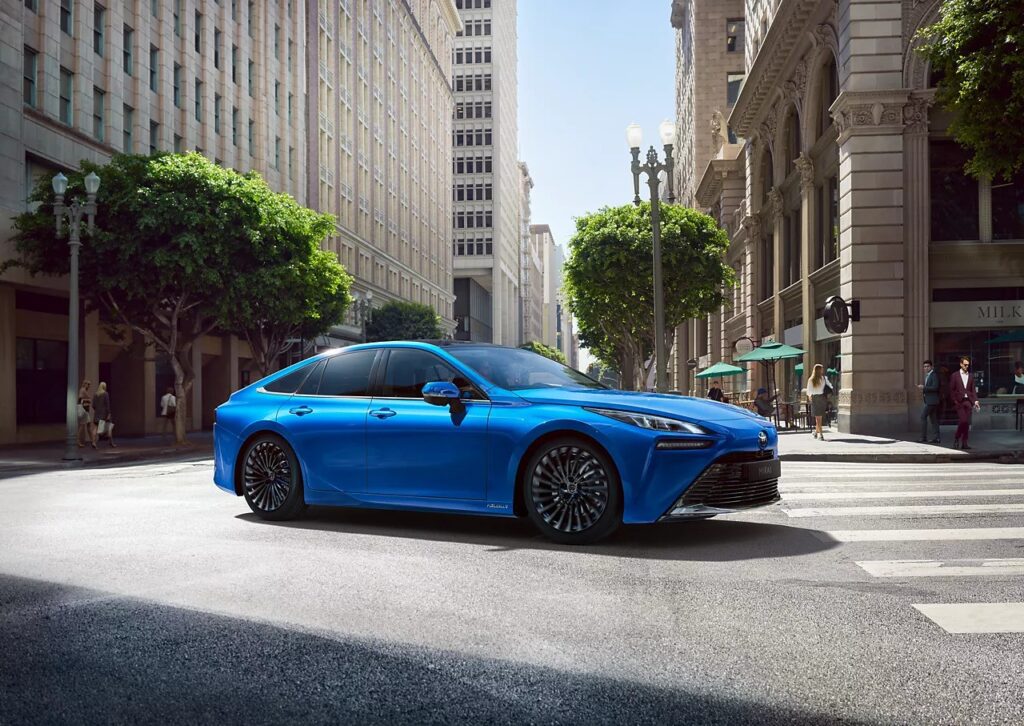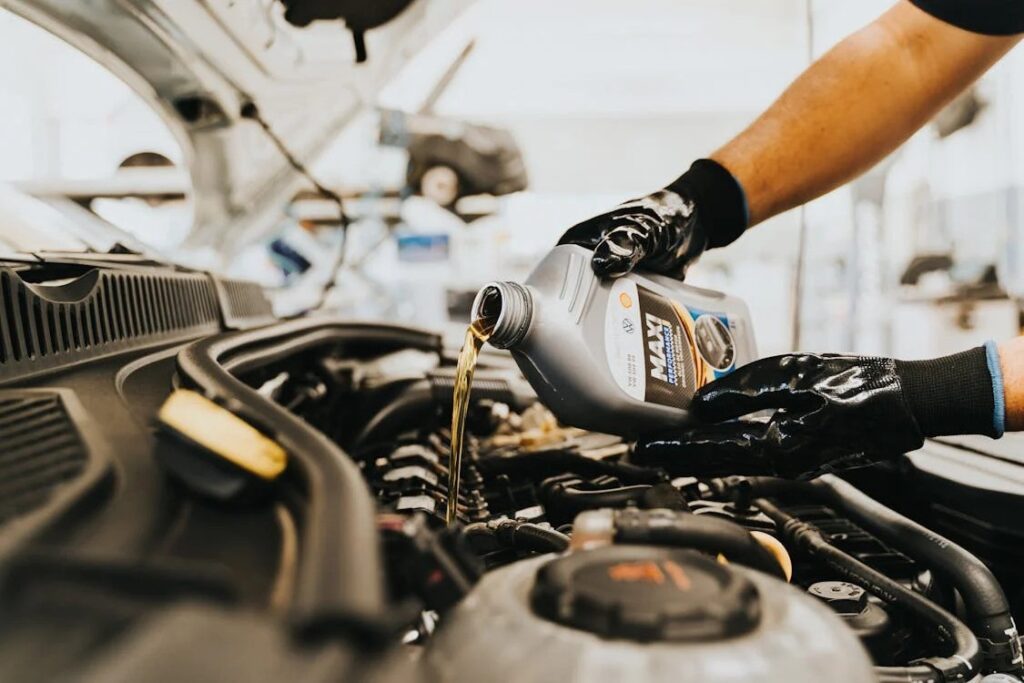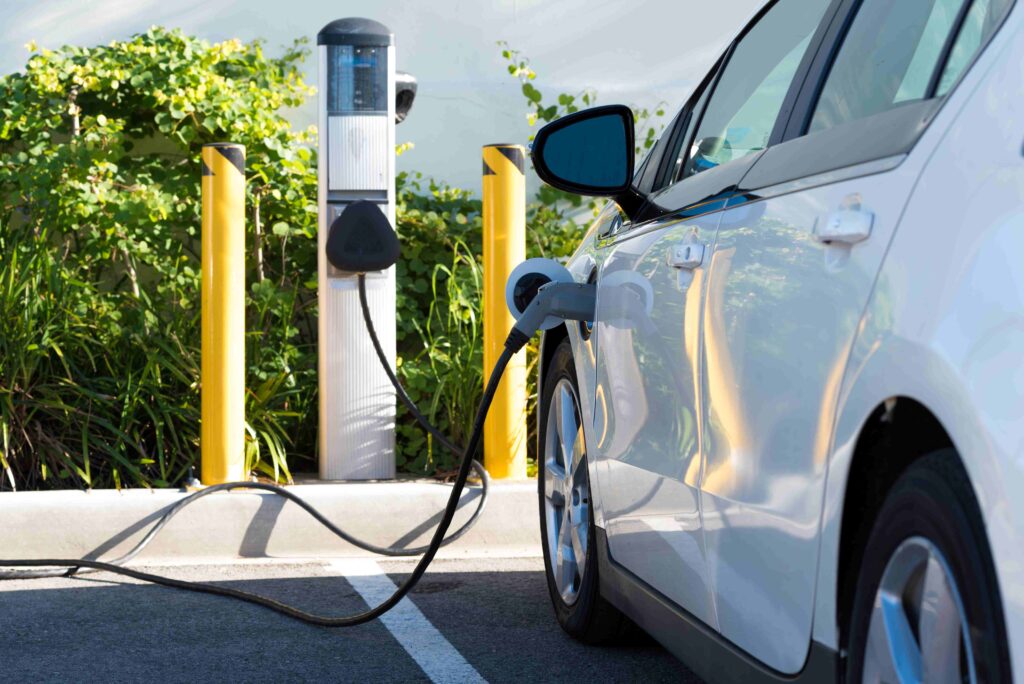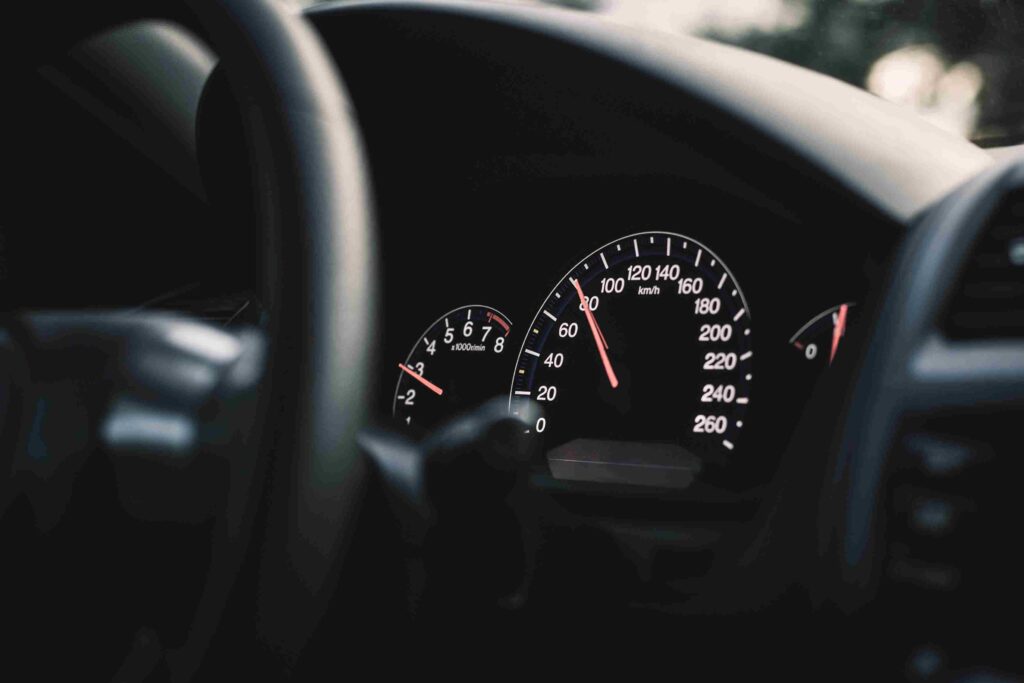Toyota Mirai Safety Rating
Toyota is one of the leading auto manufacturers globally, and it is pushing the envelope by introducing the hydrogen-powered Mirai into the market. Unfortunately, it seems that the market is not yet ready for this innovation. With limited refueling infrastructure and limited possibility of that improving, it’s a shame for a car with such high potential. For those interested in driving one, let’s explore the various features and the Toyota Mirai safety rating to determine if it’s worth investing in.
Toyota Mirai: What to Expect
Toyota Mirai is a hydrogen-powered car, wherein the hydrogen is stored in two compact but lightweight tanks. Mirai is a Japanese word that means “future.” This is exactly what the Toyota engineers had in mind when developing this vehicle, as it signals the future of car manufacturing by replacing traditional fuel with a renewable resource. Toyota engineers have been working on this tank design since 2000 to ensure it meets the highest standards in safety and strength. The tank’s strength comes from the carbon fiber shell and the glass fiber layer.
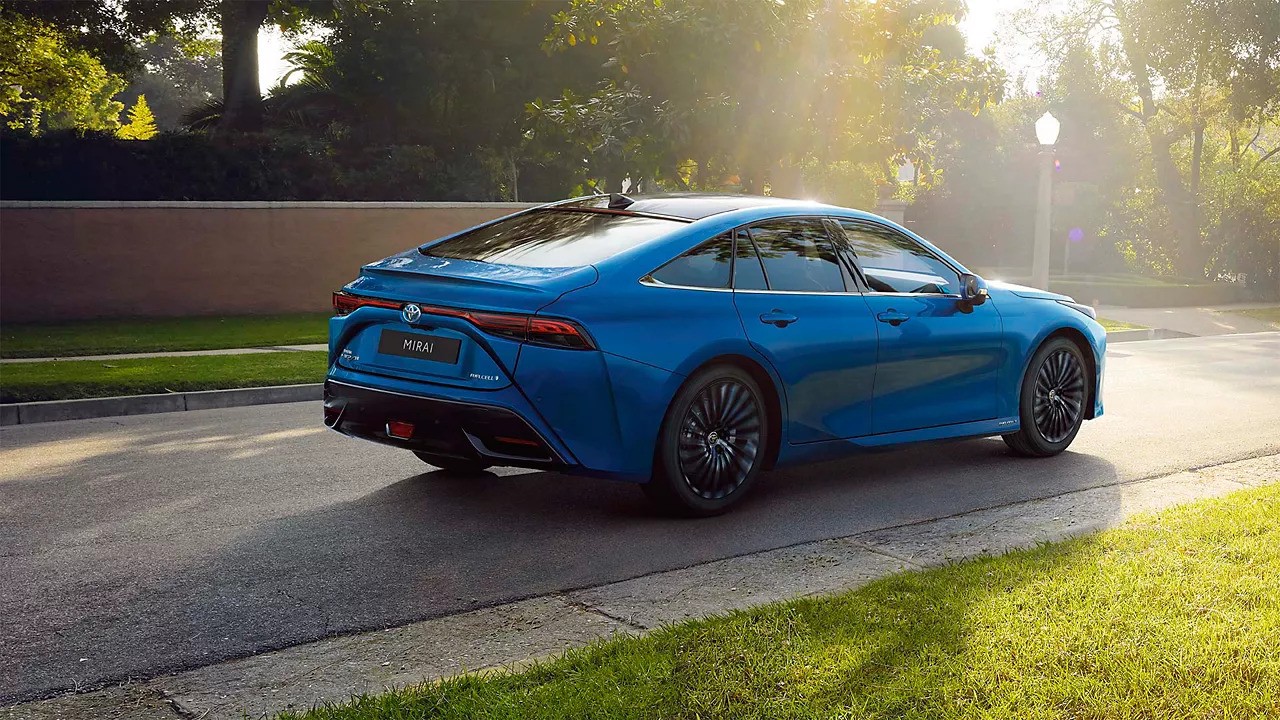
As the lightest element, hydrogen is up to 14 times lighter than air and quick to dispense (compared to gas). Mechanisms built into the Mirai allow the gradual release of hydrogen gas depending on temperature changes.
Vehicle owners will only have one drivetrain available with the Mirai, which can produce 182 hp and 221 lb-ft torque. This means that the engine can go from 0 to 60 mph in 7.4 seconds, which is good enough for driving around town.
Toyota Mirai Safety Features
The Toyota Mirai boasts a hefty array of safety features to ensure driver and passenger protection under any road conditions. It starts with the hydrogen tank design, which is lined with plastic to seal in the gas within the tank. In case of damage or impact, there will be visible cracks on the glass fiber, allowing you to determine if the safety is compromised. There are also sensors within the tank that will detect any trace of hydrogen that leaked out from the tank. In any case, hydrogen leaks will simply be released into the atmosphere instead of the car interior.
Even though it is hydrogen-powered, the Mirai packs many safety features like any other Toyota model. It is standard to have eight airbags, a rearview camera, hill start assist, ABS, stability control, traction control, and a tire pressure monitoring system.
Meanwhile, the Toyota Mirai also has the Toyota Safety Sense 2.5 system. This safety system integrates advanced driver-assist safety technologies to prevent collisions. Among the safety tech integrated into the system are pre-collision warning with pedestrian detection, lane tracing assist, automatic high beams, lane departure alert, road sign assist, and full-speed range active cruise control.
In addition to the safety features already mentioned, the Mirai has front and rear parking assist with automatic braking. A surround-view camera system ensures you can get more visibility with vehicles and other objects around the vehicle at all times.
Pros & Cons of the Toyota Mirai
The Toyota Mirai is highly promising, but consider the pros and cons of choosing this large sedan.
Pros of Toyota Mirai
• Exceptional ride comfort
• Longer driving range (versus EVs)
• Faster refueling
• Elegant exterior styling
• Hefty tech features
Cons of Toyota Mirai
• Limited refueling infrastructure
• Limited cargo space
• Expensive price
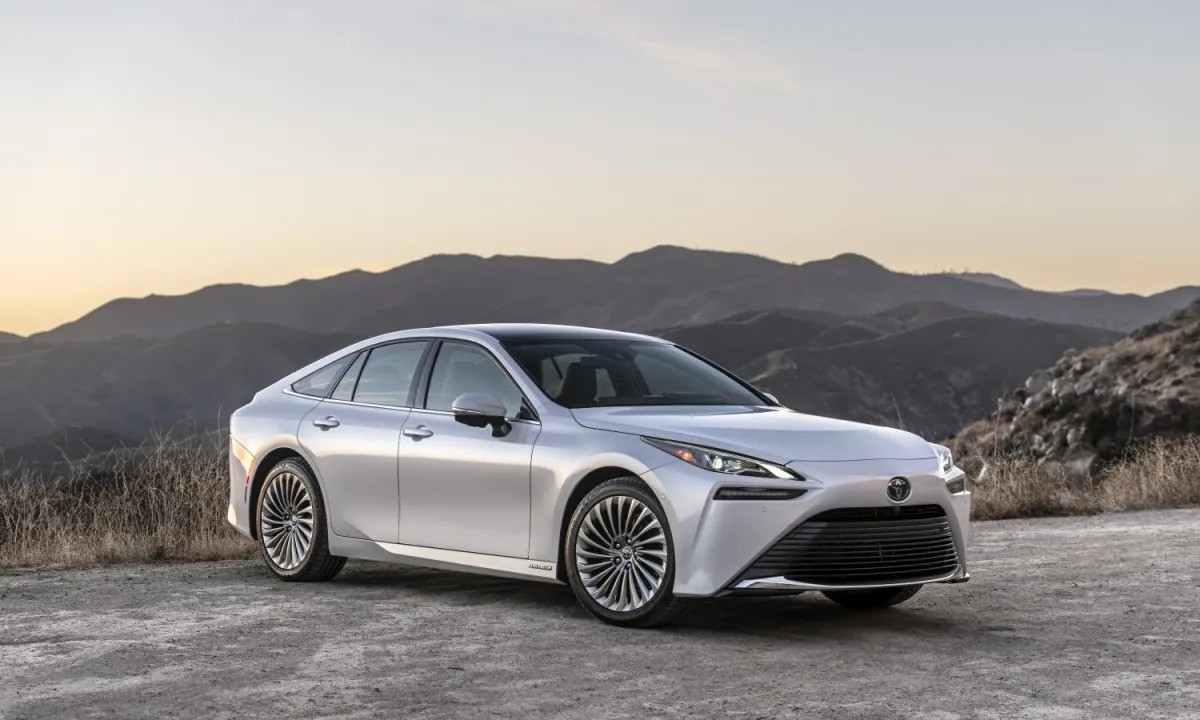
Toyota Mirai Safety Rating
As of this writing, the Toyota Mirai safety rating is unavailable because it has not been tested extensively by the IIHS and the NHTSA. As these are the top two organizations responsible for the new car assessment program, it is difficult to determine how this large sedan’s safety rating compares to other vehicles in the segment.
However, the ANCAP has published its Toyota Mirai safety rating, wherein the car earned five stars. This rating applies to vehicles manufactured from November 2020 onwards (or sale dates of April 2021 onwards). Here is the additional rating based on the assessment from ANCAP:
• Adult Occupant Protection: 88%
• Child Occupant Protection: 87%
• Vulnerable Road Users Protection: 80%
• Safety Assist: 83%
Is the Toyota Mirai a Safe Car?
Given the limited number of crash tests and Toyota Mirai safety ratings from top organizations, it is difficult to determine whether Mirai is safe. The good news is that, compared to other vehicles, there are fewer Toyota Mirai recalls with no powertrain issues.
The best way to ensure your safety when driving the Mirai, or any hydrogen-powered car, is to observe the safety precautions recommended for hydrogen cars. Follow the recommended refueling instructions and proper maintenance for these cars to extend their lifespan and maintain your safety while driving.

